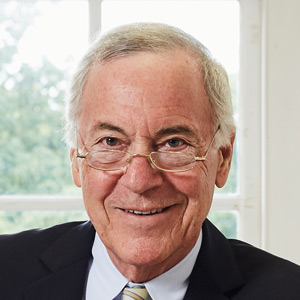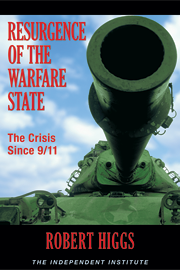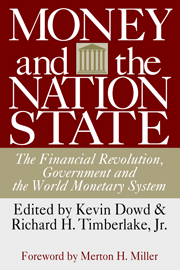John Burn-Murdoch’s piece “Why the middle class is right to feel squeezed” (Data
Points, January 4
) slices and dices the income distribution data in a most edifying
way. He finds that the trend in overall income inequality in the US since the 1990s
is flat. But that masks the fact that, while the poorest are catching up with the
middle of the income distribution, the very richest are rapidly pulling away from
the middle.
Burn-Murdoch’s observations comport with my work on the rapid increase of the
US money supply that began with the Covid pandemic in February 2020. Following
the money supply surge, asset prices soared, and the very rich became very, very
rich. Indeed, at the onset of the pandemic, US billionaires’ wealth amounted to 14.2
per cent of GDP. Currently, it stands at a stunning 21.2 per cent of GDP.
When it comes to changes in the income distribution, changes in the money supply
are far from neutral.
Professor Steve H Hanke
The Johns Hopkins University, Baltimore, MD, US
LETTER TO THE EDITOR
To understand inequality, follow the money supply
Also published in Fianancial Times Fri. January 17, 2025
Steve H. Hanke is a Senior Fellow at the Independent Institute and Professor of Applied Economics and Founder and Co-Director of the Institute for Applied Economics, Global Health, and the Study of Business Enterprise at Johns Hopkins University.
American HistoryCOVID-19Economic InequalityEconomic PolicyEconomyFederal Reserve and Central BankingHealth and HealthcareLaw and Liberty
Comments
Before posting, please read our Comment Policy.










